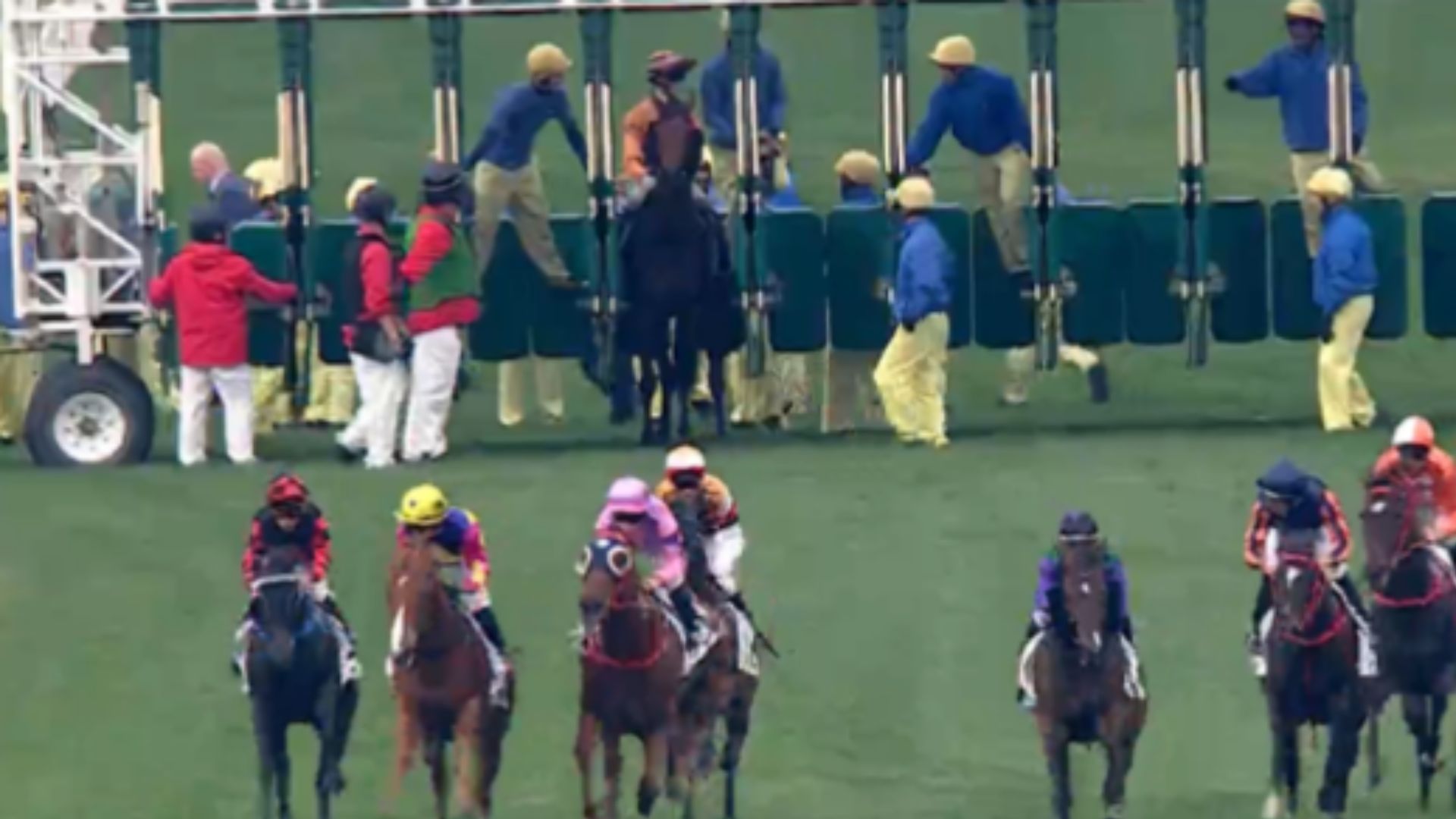Refusal to Race
A leading racehorse, Global Harmony, will be deported from Hong Kong after causing punters a loss of £17 million. The five-year-old gelding refused to race in two major events, leading to his ban from racing in Hong Kong.
Barred from Hong Kong
Global Harmony's antics led to him being barred from racing in Hong Kong. Trainer David Hayes described the horse as 'cunning' and mentioned that the horse will be heading back to Australia in hopes of continuing his career.
Trainer's Disappointment
Hayes expressed his disappointment, stating, "He just stops and leans on the rail, there’s nothing we can do. It’s a tragedy because he’s a genuine upper-class horse, but Hong Kong’s loss will be Australia’s gain."
Future Plans
Hayes mentioned the possibility of training Global Harmony as a stock horse to reset his mind. The horse has prize money earnings of nearly £400,000 but will now have to restart his career in Australia.
Frequently Asked Questions
How do I condition a horse for racing?
The process of conditioning a racehorse involves a gradual progression that includes both long, slow distances for building stamina, and shorter, more intense workouts to increase speed. Over time, the horse’s cardiovascular system and musculature must be strengthened through an exercise program that simulates racing without causing injuries or undue strain.
How critical is the horse’s pedigree in racing success?
Although pedigree may be a sign of potential, it does not determine a racehorse’s success. Lineage may indicate that a racehorse has inherited an aptitude for speed or durability, but other factors like training, temperament and health are equally important. Training can enhance a horse’s natural abilities, and allow it to perform better than horses with more impressive pedigrees.
What’s the role of a jockey in training a racehorse?
The jockeys are essential in the training and development of racehorses. Not only do they ride the racehorses during workouts and give feedback, but they help educate the horse on racing tactics. A good jockey is able to recognize the horse’s strengths, weaknesses and how they can be improved.
What is the first training step for a racehorse?
In the initial training phase, the racehorse must undergo a crucial stage called “breaking,” during which the horse is accustomed to the saddle, the bridle and the weight carried by the rider. During early sessions, the horse must be taught to accept human contact and wear the equipment throughout his racing career.
What type of diet is ideal for racing horses?
The diet of a racehorse must be balanced and high-quality to meet the demands for energy during training and racing. The diet is usually a mixture of high-quality hay, grains like oats and barley, as well as commercially prepared racehorse feed. In addition, essential vitamins should be added to the diet in order to maintain peak performance and overall health.
What health precautions must be taken when training racehorses?
To prevent injury or illness, racehorses need to be given the attention they deserve. Regular veterinary examinations, vaccinations dental care and hoof management is essential. Equally important is monitoring the horse for signs of fatigue, strain, or discomfort. A well-planned training program that allows for a gradual increase in intensity will help reduce the risk of musculoskeletal injury.
Statistics
- Statistically, less than 1% of thoroughbred foals born each year will go on to win a stakes race.
- The majority of racehorses in training are subject to an exercise regimen that includes being ridden six days a week.
- Around 80% of thoroughbred racehorses begin their racing careers by the age of two, according to industry estimates.
- An extensive survey indicated that over 90% of racehorse trainers utilize swimming as a low-impact exercise in their conditioning routines.
- Approximately 70% of a racehorse’s diet consists of forage, with the remainder made up of grains and supplements to meet their high-calorie needs.
- Research has found that a racehorse’s stride length can increase by up to 7% following specific strength and conditioning programs.
External Links
bloodhorse.com
equibase.com
britishhorseracing.com
racingpost.com
horseracing.com
jockeyclub.com
How To
How to Choose the Best Diet for Racehorses
To select the best diet for racehorses, you must ensure a balanced mix of grains, forage, and nutritional supplements. As the main source of nutrition, feed high-quality pasture or hay to keep the gut healthy. Use grains like oats as an energy source for workouts. Electrolytes and vitamins in supplements help to support health and wellness. Work with an equine nutritionist to tailor the dietary needs according to the horse’s individual workload and metabolic requirements.

